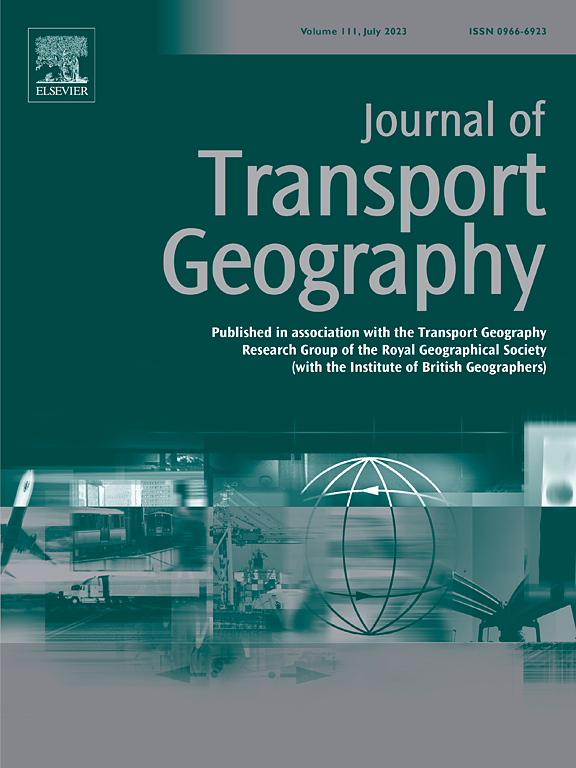被忽视的电动汽车采用背景:关于农村社区吸收障碍的专家观点
IF 5.7
2区 工程技术
Q1 ECONOMICS
引用次数: 0
摘要
为了使运输部门脱碳,许多国家正在实施政策,以增加零排放车辆(ZEVs)的使用。虽然ZEV的采用率正在上升,但在地理上并没有以相同的速度发生。除了一些例外,与城市地区相比,农村地区采用zev的速度要慢得多。独特的农村地理位置可能需要对ZEV的吸收进行特殊的政策考虑,但很少有研究关注农村地区。本研究通过对农村地区采用ZEV的障碍进行定性调查,解决了这一差距。在联邦-省-地区-零排放车辆工作组(FPT ZEV WG)中,对加拿大各地的交通、能源、基础设施、经济和气候专家进行了12次小组访谈。小组访谈逐字记录,并采用专题分析进行分析。从分析中得出的采用ZEV的障碍包括后勤、感知、经济和政策。尽管加拿大各省和地区的政策差异很大,但一种城乡“一刀切”的做法出现了。换句话说,在省和地区的ZEV政策中,缺乏对农村和城市地区的区分。此外,在政策格局中很少明确考虑到农村社区的异质性。综上所述,采用ZEV的政策可能需要改进,以解决农村地区明显的盲点。本文章由计算机程序翻译,如有差异,请以英文原文为准。
The neglected electric vehicle adoption context: Expert perspectives concerning barriers to uptake in rural communities
In an effort to decarbonize the transport sector, many countries are implementing policies to increase the uptake of Zero-Emission Vehicles (ZEVs). While ZEV adoption is on the rise, it is not occurring at the same rate geographically. With some exceptions, rural areas are adopting ZEVs at much slower rates compared to urban areas. It is likely that unique rural geographies require special policy considerations regarding ZEV uptake, yet few studies have focused on rural areas. This study addresses this gap through a qualitative investigation of barriers to ZEV adoption in rural areas. Twelve group interviews with experts in transport, energy, infrastructure, economics, and climate across Canada who serve on a Federal-Provincial-Territorial-Zero-Emission-Vehicle-Working-Group (FPT ZEV WG) were conducted. Group interviews were transcribed verbatim and analyzed using thematic analysis. Barriers to ZEV adoption that emerged from the analysis included logistical, perceptual, economic, and policy. Though provincial and territorial policies vary widely within Canada, a rural-urban ‘one-size-fits-all’ approach emerged. In other words, within provincial and territorial ZEV policy, there is a lack of distinguishment between rural and urban areas. Further, the heterogeneity of rural communities is rarely given explicit consideration in the policy landscape. Taken together, ZEV adoption policies may need to evolve to address rural blind spots that are apparent.
求助全文
通过发布文献求助,成功后即可免费获取论文全文。
去求助
来源期刊

Journal of Transport Geography
Multiple-
CiteScore
11.50
自引率
11.50%
发文量
197
期刊介绍:
A major resurgence has occurred in transport geography in the wake of political and policy changes, huge transport infrastructure projects and responses to urban traffic congestion. The Journal of Transport Geography provides a central focus for developments in this rapidly expanding sub-discipline.
 求助内容:
求助内容: 应助结果提醒方式:
应助结果提醒方式:


